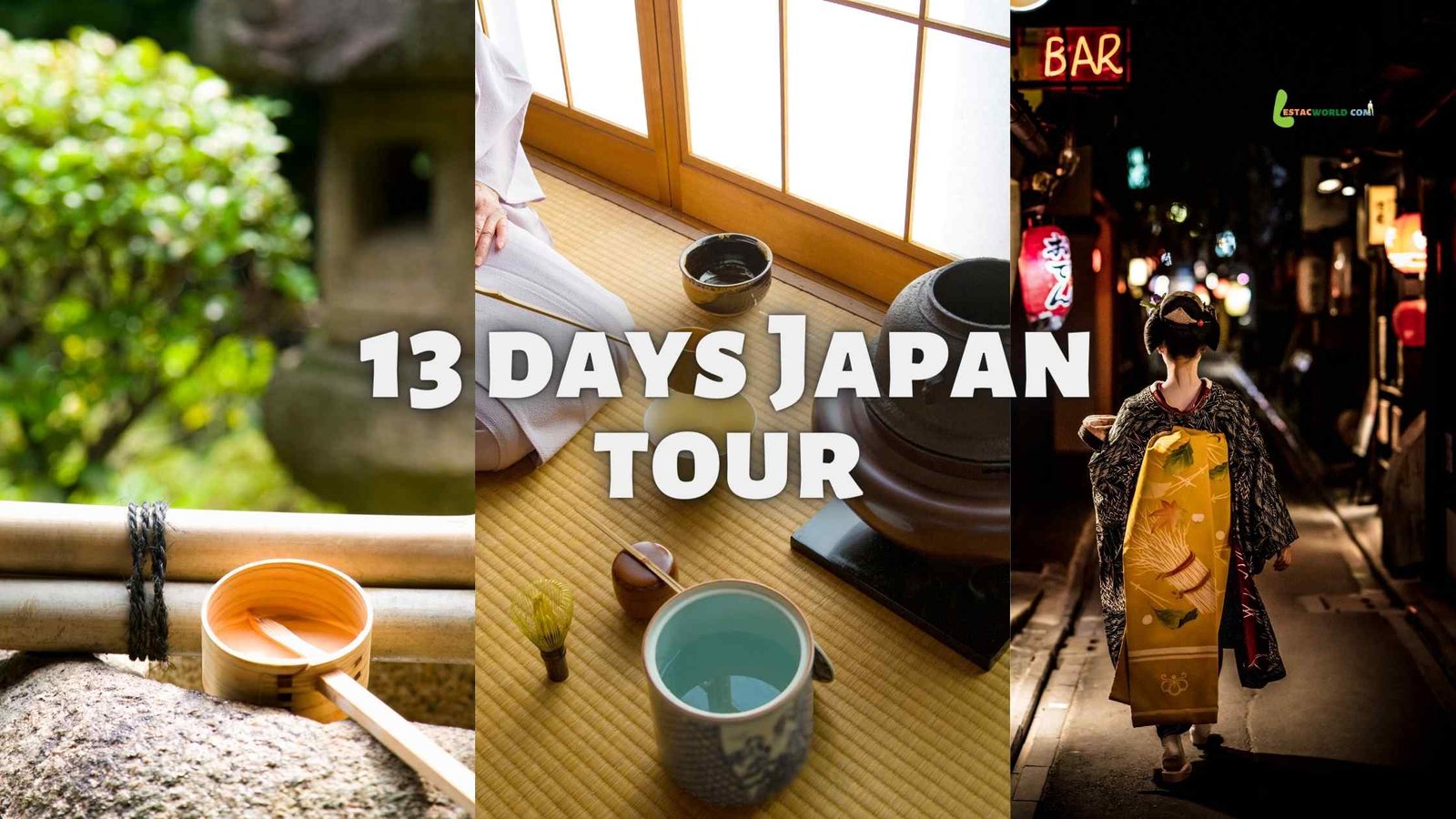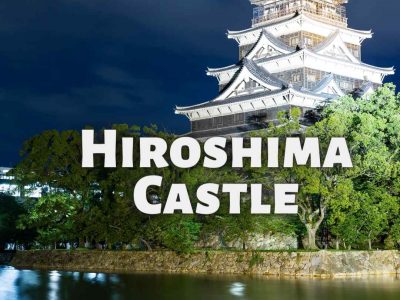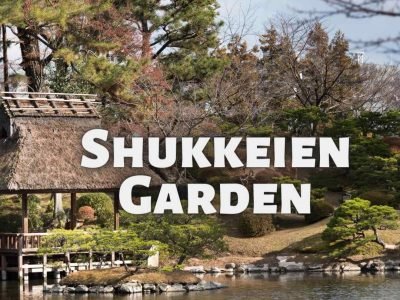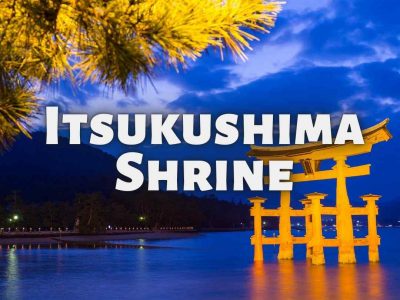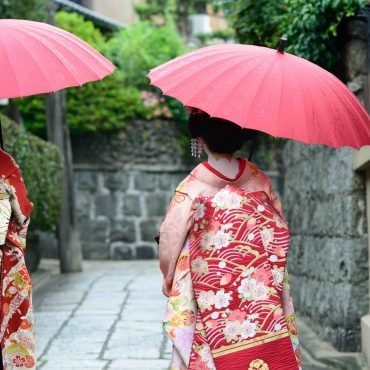Hiroshima Tour packages – It is a beautiful city in Japan, famous for its historical significance and stunning natural beauty. It is a popular tourist destination that offers a perfect blend of modern and traditional Japanese culture. Hiroshima is home to many famous landmarks, including the Hiroshima Peace Memorial Park and the Hiroshima Castle, which attracts millions of tourists every year.
Hiroshima is also known for its beautiful gardens, museums, and art galleries, making it a perfect destination for art and history enthusiasts. The city is also famous for its delicious cuisine, which includes Hiroshima-style okonomiyaki, a savory pancake made with a variety of ingredients.
There are many tour packages available for exploring Hiroshima and its surrounding areas. These packages offer a variety of activities, including sightseeing tours, cultural experiences, and outdoor adventures. Whether you are interested in exploring the history and culture of the city, or experiencing the natural beauty of the surrounding countryside, there is a tour package that can meet your needs.
One of the most popular tour packages is the Hiroshima Peace Memorial Park Tour, which takes visitors on a journey through the history of the atomic bombing of Hiroshima. This tour includes a visit to the Peace Memorial Park, the Hiroshima Peace Memorial Museum, and the Atomic Bomb Dome. Visitors can also take a boat ride on the Motoyasu River and visit the Children’s Peace Monument.
Another popular tour package is the Miyajima Island and Itsukushima Shrine Tour, which takes visitors to the beautiful island of Miyajima, located just off the coast of Hiroshima. This tour includes a visit to the famous Itsukushima Shrine, which is known for its stunning torii gate that appears to be floating on the water.
For those who love nature, there is the Hiroshima Countryside Tour, which takes visitors to the beautiful countryside surrounding Hiroshima. This tour includes a visit to the famous Sandankyo Gorge, where visitors can take a scenic hike through the beautiful forest and see the stunning waterfalls.
In conclusion, Hiroshima tour packages offer a unique and memorable travel experience, allowing visitors to explore the rich history, culture, and natural beauty of the city and its surrounding areas. With a wide range of tour packages available, there is something for everyone, whether you are interested in history, culture, nature, or adventure.

